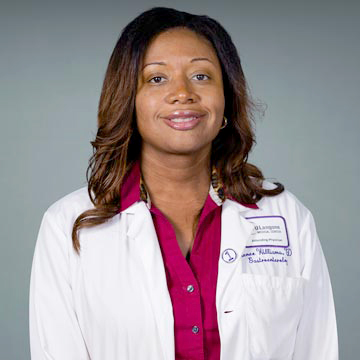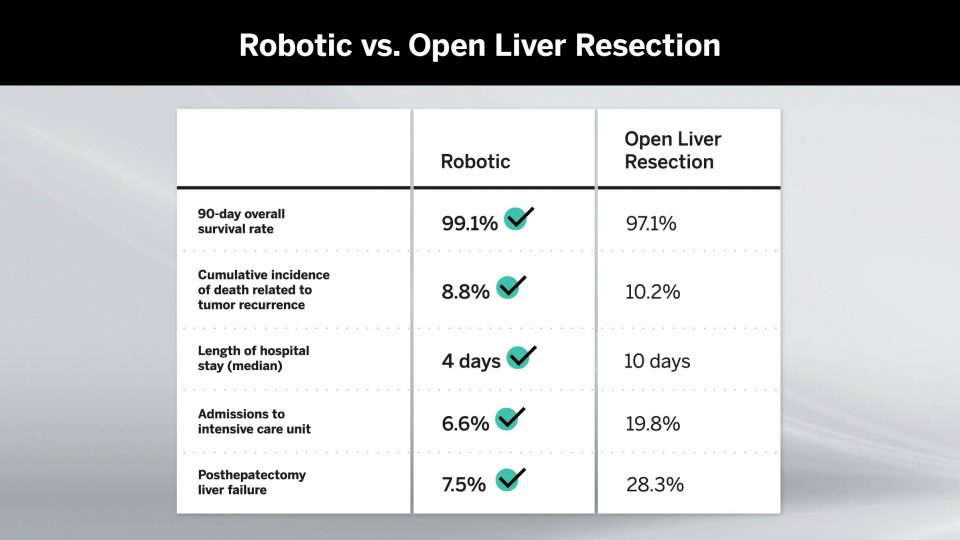Many endoscopists suffer work-related musculoskeletal injuries, beginning as early as fellowship training. To highlight this issue and prevent injuries that can interfere with an endoscopists’ career, a core curriculum for endoscopy ergonomics was recently published by the American Society for Gastrointestinal Endoscopy (ASGE).
Renee L. Williams, MD, a co-author of the new curriculum and member of the ASGE training committee, says that weaving an awareness of ergonomic practices into early career training is key to their successful adoption and the development of injury-preventing muscle memory.
“It’s important to let trainees know that endoscopy-related injuries are relatively common, and they can affect your ability in the future to continue doing procedures,” Dr. Williams says. “I always tell trainees, ‘If your hand is hurting after doing a few procedures, you may be doing something wrong and you need to change your technique.’”
“It’s important to let trainees know that endoscopy-related injuries are relatively common, and they can affect your ability in the future to continue doing procedures.”
Renee L. Williams, MD
Ergonomic Tips and Tricks
Many of the skills or devices outlined in the new curriculum relate to making the workspace ergonomically sound.
Dr. Williams stresses that monitors, which are commonly fixed to the wall, should ideally be adjustable so that users of varying heights can achieve a neutral body posture and reduce strain on their neck. In addition, cushioned floor mats are recommended to decrease strain while standing during procedures.
Proper endoscopy technique is also a focus of the curriculum, including the “cigar-rolling” approach, which relies on the thumb and fingers to steer the endoscope rather than the wrist.
“Use of a cigar-rolling technique to achieve torque is preferred as opposed to a fist grip, which can cause excessive angulation of the wrist joints,” wrote the authors. “It’s not so much about speed,” Dr. Williams adds. “It’s about technique and making sure that you’re performing the procedure in a way that you’re not hurting yourself.”
A newer tool—the angulation dial adapter—is recommended to better accommodate smaller hand sizes.
“There are more female gastroenterologists on the horizon, and they may have smaller hands and maybe different heights,” Dr. Williams says. “You need to adapt this instrument, cause it’s not a one-size-fits-all.”
The authors also point to the importance of support from institutional leadership to integrate ergonomics training and best practices system-wide to ensure their ultimate success.
Making it a Habit
With curriculum development being a main focus of the ASGE training committee, Dr. Williams says the group is always considering emerging topics that will be important to the next generation of endoscopists, including ergonomics.
“I’ve known colleagues who have had minor injuries, where they just have some pain. But I’ve also had a few colleagues have surgery based on work-related injuries,” Dr. Williams says.
For this reason, many endoscopists, including Dr. Williams, have own-occupation disability insurance based on their ability to perform endoscopy. Physicians should consult with the appropriate advisors to determine whether a similar policy would benefit their practice.
When teaching fellows, Dr. Williams says she may pause to demonstrate or correct proper ergonomic techniques and encourages other mentors to do the same. “While discussing the theory behind ergonomic technique and showing illustrations in lecture format is important, it should really be incorporated into everyday teaching,” she says.
“While discussing the theory behind ergonomic technique and showing illustrations in lecture format is important, it should really be incorporated into everyday teaching”






